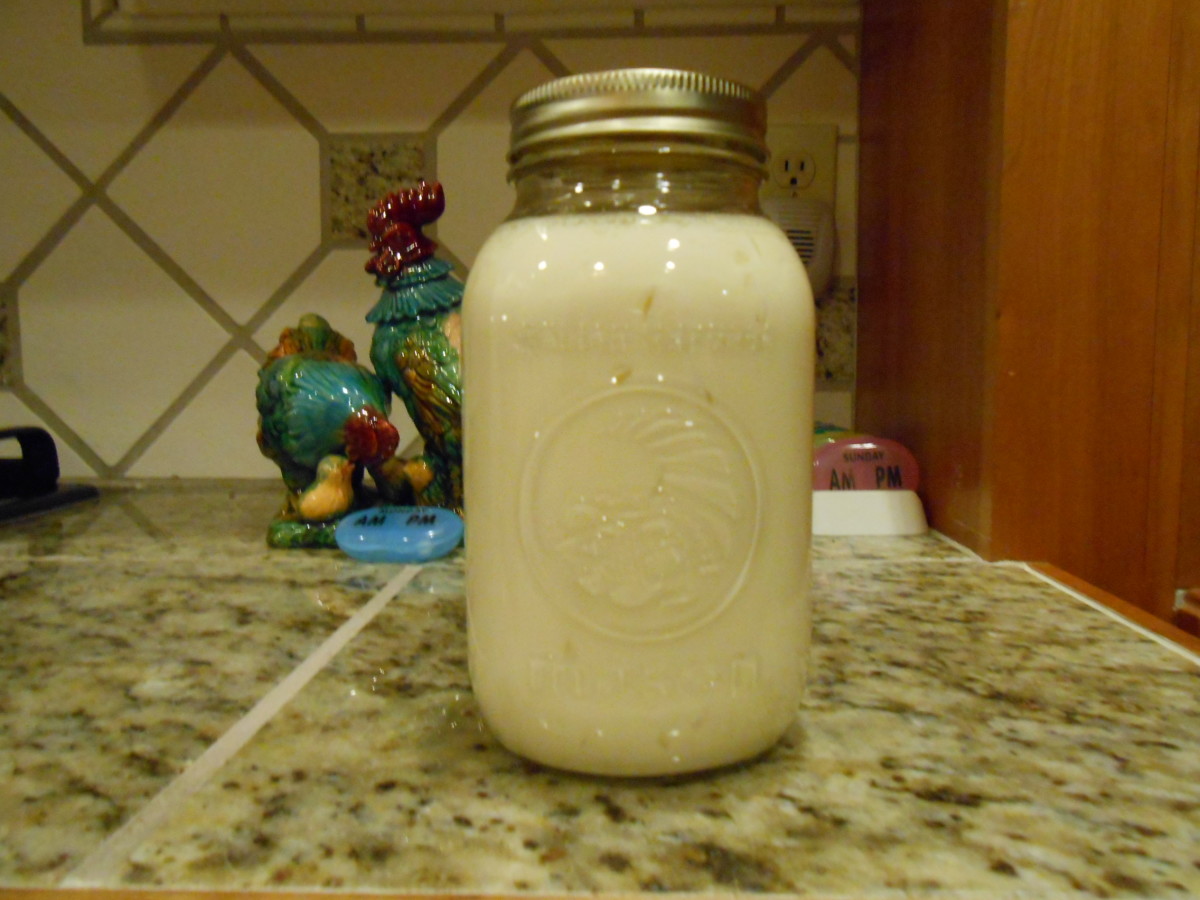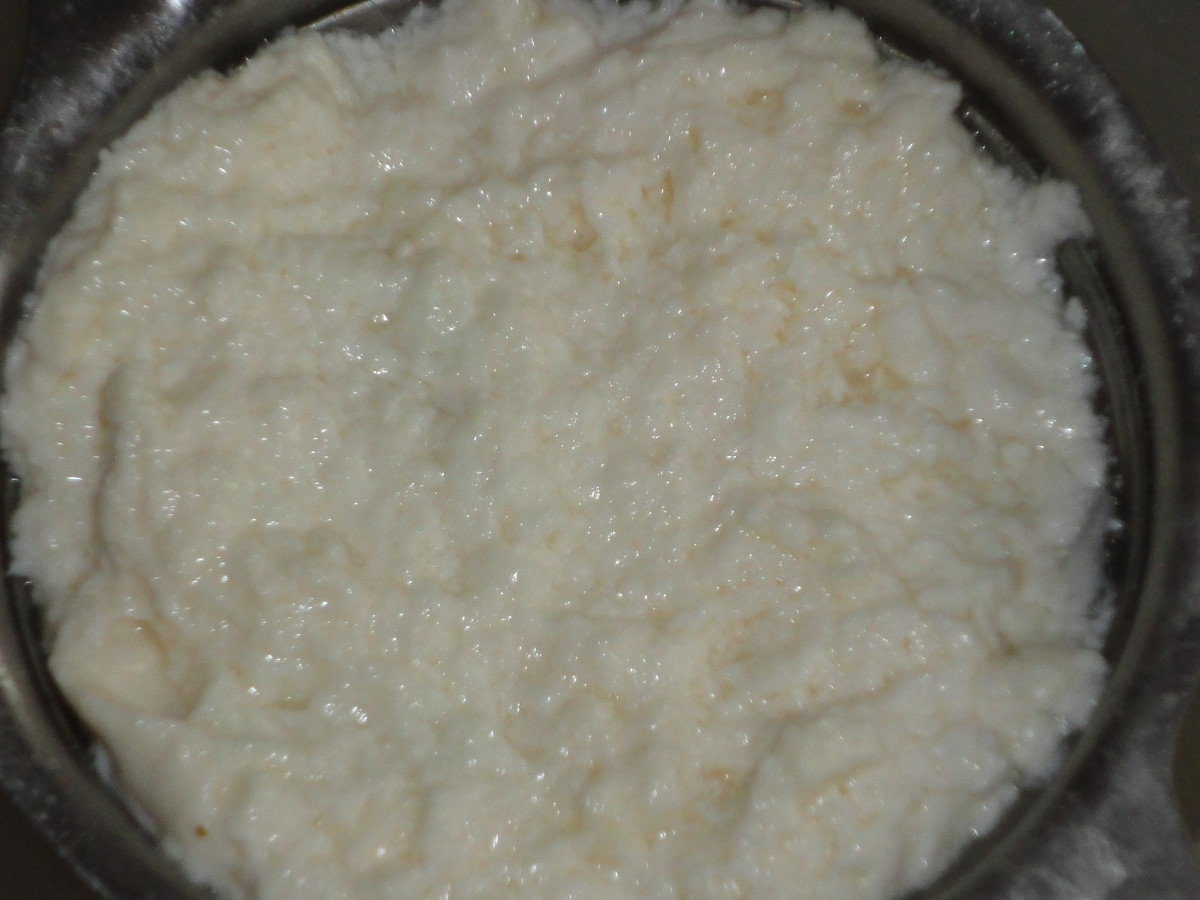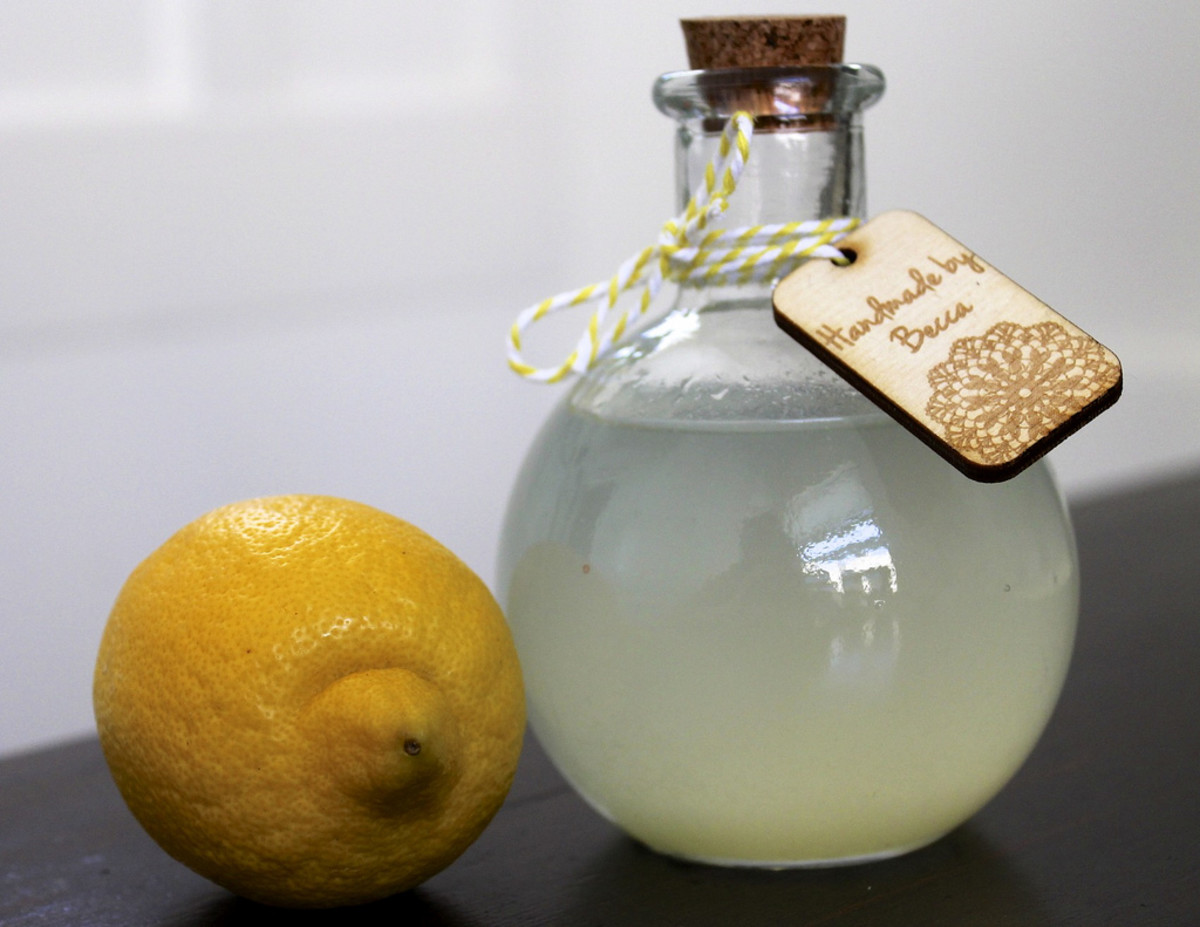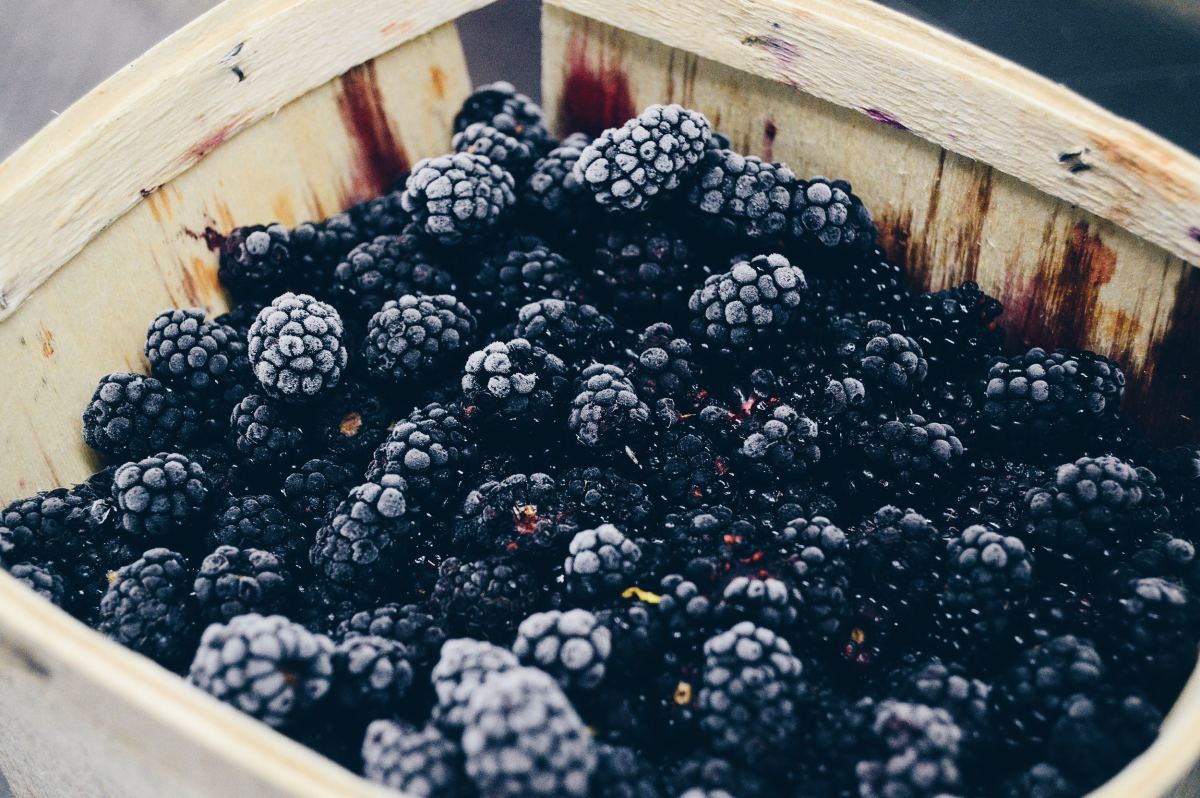How to Make Yogurt at Home - Easy Step-by-step Guide
How to Make Yogurt
If you have never made your own homemade yogurt, you are in
for a special treat. When you learn how to make natural probiotic yogurt at home, you’ll never
want store bought again! Making yogurt is very easy and the flavor is
delicious. Natural homemade yogurt is rich in good probiotic bacteria and can
help improve the immune system as well as aid digestion. Probiotic foods and probiotic supplements have been shown to be effective in helping people to lose belly fat.
You can purchase a yogurt maker, or use one of the methods below to keep the milk mixture warm. The yogurt makers are handy because they provide a convenient way to maintain the right temperature for the yogurt to develop; however, yogurt can easily be made without the use of a special yogurt maker.
How to Make Yogurt
How to make Yogurt
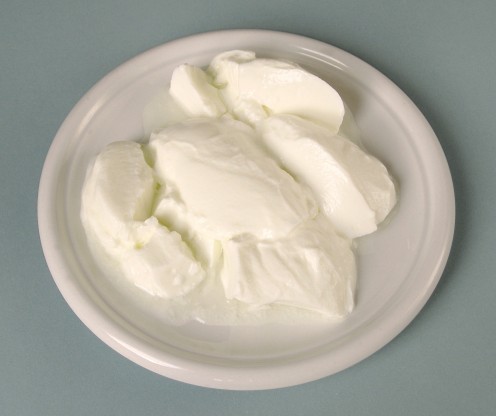
Natural Probiotic Yogurt
Ingredients:
1 quart of milk *
1/3 cup non-fat dry milk
2 T freeze-dried bacteria culture or plain (unflavored) yogurt with active-live cultures
* You can use any kind of milk you like, including no-fat (skim), 1%, 2%, whole milk, soy milk, organic, raw, powdered dry milk, goat’s milk, diluted evaporated milk, pasteurized, homogenized, and more. The only kind of milk that doesn’t work is ultra-high pasteurized or UHP milk because it is processed at such high temperatures that the proteins and bacteria necessary to turn the milk into yogurt are broken down. Experiment with different types of milk for different flavors and texture.
Directions:
Remove starter from refrigerator and allow to come to room temperature while you prepare the milk, this will ensure that it is not too cold when you add it to the warm milk mixture.
Heat the milk to 185° F either very carefully on the burner, or by using a double boiler. If you do not have a double boiler, you can create one by placing a bowl or small pan on top of another pan that will hold the water. Be sure to watch the milk carefully so that it does not scorch and stir occasionally. If you place the pan directly on a burner, you will want to slowly stir continuously.
Remove the milk from the heat and cool to 110° F. You can lower the temperature quickly and evenly by placing the pan in a cool water bath and stirring occasionally. Do not allow the milk to cool too much, so watch carefully and proceed with the next step when it reaches 110° F.
Stir in the non-fat dry milk. This will not only enhance the nutritional quality of the yogurt, but it will also help it to thicken. Stir in the yogurt culture or freeze dried bacteria culture.
How to Make Yogurt - Yogurt Maker
Probiotic Yogurt
Your first batch of homemade yogurt will require either freeze dried bacteria culture or a purchased yogurt starter, such as a plain (unflavored) yogurt with live-active bacteria. Once you have made your own yogurt, you will be able to use a little of your previous batch to inoculate the next batch.
Pour the milk mixture into either one large container, or several smaller ones. These containers should be thoroughly cleaned and rinsed prior to filling. Cover with lids or plastic wrap.
Allow the bacteria in the yogurt to incubate. The probiotic yogurt needs to be kept at about 100° F and not disturbed in order to encourage the growth of good bacteria. Use a thermometer to be sure that the yogurt maintains the proper temperature. One method of incubating the yogurt is to place it in an oven with the pilot light on. Let the yogurt sit for approximately seven to eight hours; it will develop a custard-like texture. The longer you let it sit, the thicker and tangier the yogurt will be.
You can also preheat your oven to 100° F, then turn it off and keep the light on to maintain the temperature. You can turn the oven back on as needed to maintain the necessary temperature, but be very careful to not let it get too hot because it will destroy the bacteria culture and the yogurt won’t set properly.
Some other methods of incubating the yogurt include:
- Place a pan of water on a burner set to low to create a warm water bath.
- Use a slow cooker or crock pot set on low
- Set the yogurt on a warming tray
- Place the yogurt mixture in a thermos container
Store in the refrigerator and chill before serving. Cooling the yogurt in the freezer prior to putting it in the refrigerator will result in a yogurt with a smoother texture. Use within one to two weeks. If using as a starter for another batch of homemade yogurt, use within five to seven days. If you wait much longer, the bacteria may not have enough growing power to produce another batch of yogurt. A thin yellow liquid will form on the top of the yogurt as it sits, this is the whey and is normal; simply pour it off or stir it in before using the yogurt.
Use Probiotic Yogurt to Lose Belly Fat
Research has shown that the best way to lose belly fat is with a diet that includes low-fat dairy. Dairy products have been shown to help people lose belly fat and inhibit the accumulation of further fat deposits.
Yogurt can be used as an ingredient in a number of healthy dishes. Make a delicious sauce to serve with grilled salmon or to brush over baked salmon. There are many uses for homemade yogurt including healthy snacks, smoothies, sauces or in place of sour cream for meat, potato and vegetable dishes.
How to Make Yogurt
Homemade yogurt tends to be thinner than the commercially prepared yogurts. This is because most commercial brands include thickening agents such as starch, gum, pectin or gelatin. Without these additional thickeners, your yogurt will naturally be somewhat thinner in consistency. For a thicker consistency, place cheesecloth in a colander and place the colander in a large bowl; pour the yogurt into the colander and put a plate on top. Set in the refrigerator and let the whey drain out of the yogurt. If you let the yogurt drain for a couple of hours, you will end up with Greek yogurt and if you leave it overnight, the yogurt will be very thick, almost like cream cheese. Adjust the thickness by how long you leave the yogurt to drain. If it becomes too thick, you can also stir some whey back in to lighten it up some.
How to Make Yogurt
Some of Our Favorite Articles
- Clay Pot Cooking - An Ancient Method for Modern Cooking
In clay pot cooking, meat or poultry is roasted with a very small amount of liquid. This method of cooking produces meat with the tenderness of a braised dish and the flavor of roasting. This method allows the food to absorb and cook in its own juice - Baking with a Silpat Baking Sheet
If you like to bake or make candies, you have likely heard of the SILPAT baking sheet. This amazing non-stick baking mat makes everything slide off effortlessly; even the stickiest and messiest foods will not... - Pastel de Tres Leches or Tres Leches Cake (3 Milk Ca...
This cake is very popular in many parts of Latin America. The origins of the Tres Leches Cake are disputed, however, the idea for creating a cake soaked in a liquid is probably of European origin; similar... - Fruit Crunch Cake
OK, it simply does not get any easier than this! Pour the fruit in the pan, sprinkle with cake mix and top with butter, brown sugar and chopped nuts. It's all ready for the oven in about 5 minutes ... no... - Best Ever Chicken Pot Pie Recipe
This homemade Chicken Pot Pie recipe is easy, delicious and chock full of veggies. With only 15 minutes of prep time, you'll have this in the oven and baking in a flash! - How to Make Perfect Homemade Bread Without a Bread M...
How to make homemade bread? Baking bread at home is easier than you think. Learn how to make yeast bread and bread baking tips for perfect homemade bread every time! There are few aromas more delightful than the smell of home baked bread. It's an act - Delicious and Easy Baked Salmon Recipes
Salmon is one of those foods that most people enjoy, but many are intimidated to prepare. Whether you prefer poached salmon, baked salmon, or grilled salmon, cooking salmon is quick and simple and it requires... - Health Benefits of the Lychee Fruit - Litchi
The lychee (litchi chinensis) is a tropical fruit tree native to Asia. It is now cultivated in many parts of the world and its fruit is known by the names lychee, litchi, laichi and lichu. Prime season for... - Five Cooking Sauces - The 5 Classic Mother Sauces In...
There are five basic sauces every cook should master. In French, these are referred to as grandes sauces or sayces meres. In the early 1800s, Antonin Careme, the founding father of French grande... - Kobe Beef A Luxury From Japan
Wagyu Cattle - This is a file from the Wikimedia Commons. Author Cgoodwin Kobe Beef A Luxury from Japan Kobe beef is considered the most exclusive beef in the world. It is a truly high-end luxury... - Authentic Homemade Mexican Food - Tamales Recipe
In Mexico, tamales begin with a dough made from hominy, called masa, or a masa mix such as Maseca. Depending on the region, they are generally wrapped in either corn husks or plantain leaves before steaming.... - How to Grill Salmon to Perfection
Salmon is great on the grill and its good for you! Cook the fish until its opaque, turning it only once during cooking. This will only take about 4 minutes per side, so be sure to watch it carefully. You'll also want to be sure that no flame directly - Authentic Parmigiano Reggiano Cheese: Parmigiano-Reg...
Parmigiano Reggiano is an Italian cheese made from cows milk. This cheese is deliciously fragrant with a delicate aroma. Parmesans are primarily used for grating. Pregrated Parmesan is available, but theres nothing comparable to freshly grated Parmig




